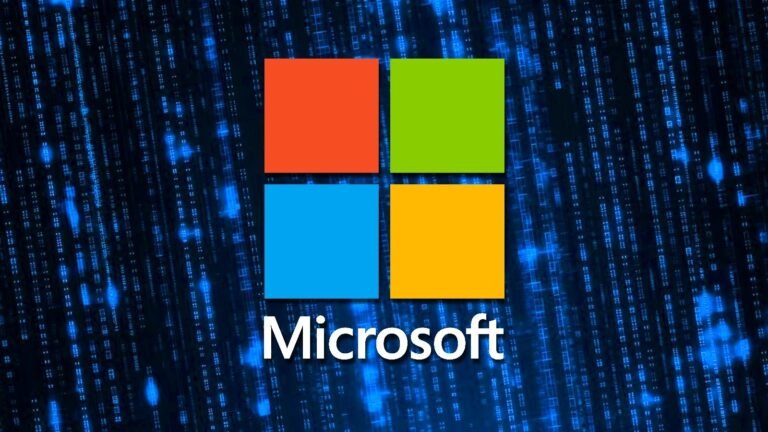Top Highlights
-
New European Security Program: Microsoft launched a European Security Program aimed at enhancing cybersecurity for EU governments, expanding its existing Government Security Program to all EU countries and allies.
-
Focus on State-Sponsored Threats: The initiative targets cyberattacks from state-backed actors in Russia, Iran, China, and North Korea, addressing prominent espionage activities attempting to infiltrate European networks.
-
AI-Driven Defense: The program emphasizes artificial intelligence to provide real-time threat insights and actionable intelligence, enhancing detection and response to sophisticated cyber threats.
- Strengthening Collaborations: Microsoft will renew partnerships with various organizations, including Europol, to develop defense measures, track new threats, and deliver detailed guidance on addressing vulnerabilities.
The Core Issue
In an announcement made in Berlin, Microsoft unveiled its European Security Program, which aims to enhance cybersecurity for European governments amid escalating threats from state-backed cyber actors, notably from Russia, Iran, China, and North Korea. This initiative expands upon Microsoft’s existing Government Security Program, offering free services to all European Union nations, EFTA members, and select states like the UK and Monaco. The program specifically targets the persistent threat posed by nation-state actors, who have increasingly engaged in espionage through tactics such as credential theft and exploiting vulnerabilities within both corporate and governmental networks.
Critical to this program is the integration of artificial intelligence to provide tailored, real-time threat intelligence and proactive defenses, including updates on emerging vulnerabilities and tactics like deepfakes. Microsoft emphasized its commitment by detailing past successes, such as the takedown of the Lumma infostealer malware, which predominantly affected countries like Spain, France, and the UK. The initiative also outlines a strategy for strengthening partnerships with organizations such as Europol and the CyberPeace Institute to foster collaborative defenses against cybercrime, demonstrating a comprehensive approach to securing Europe’s digital landscape.
Potential Risks
The launch of Microsoft’s European Security Program, designed to enhance cybersecurity for EU governments amid rising state-sponsored attacks, underscores a critical risk paradigm for businesses and organizations operating within the region. As these nation-state actors ramp up their efforts—predominantly targeting espionage through sophisticated credential theft and system vulnerabilities—the potential for collateral damage escalates significantly. If the heightened cyber threats infiltrate other organizations, those lacking robust security measures may experience not only direct data breaches but also a domino effect of operational disruptions, reputational harm, and financial losses, potentially leading to increased regulatory scrutiny and diminished consumer trust. Moreover, the interconnected nature of digital infrastructures means that vulnerabilities in one entity can expose a wider network to exploitation, amplifying overall risk and creating a precarious environment for all stakeholders in the European economic landscape. Therefore, the proactive measures outlined in Microsoft’s initiative not only serve to protect governmental entities but also offer essential resilience strategies that businesses must adopt to safeguard their own interests amidst mounting geopolitical cyber threats.
Possible Next Steps
Timely remediation in cybersecurity is paramount not only for safeguarding sensitive data but also for ensuring public trust in government operations.
Mitigation Steps
- Threat Assessment: Conduct a comprehensive evaluation of potential vulnerabilities within existing systems.
- Patch Management: Regularly update all software and hardware to guard against known exploits.
- Incident Response Plan: Develop and routinely update a structured approach for responding to cybersecurity incidents.
- User Training: Implement continuous education programs to ensure staff are aware of cybersecurity best practices.
- Network Segmentation: Isolate critical systems to minimize exposure and control potential breaches.
NIST CSF Guidance
The NIST Cybersecurity Framework (CSF) emphasizes the importance of proactive identification and mitigation of risks. Specifically, refer to NIST SP 800-53 for detailed controls and protocols that can enhance cybersecurity resilience.
Explore More Security Insights
Explore career growth and education via Careers & Learning, or dive into Compliance essentials.
Explore engineering-led approaches to digital security at IEEE Cybersecurity.
Disclaimer: The information provided may not always be accurate or up to date. Please do your own research, as the cybersecurity landscape evolves rapidly. Intended for secondary references purposes only.
Cyberattacks-V1

